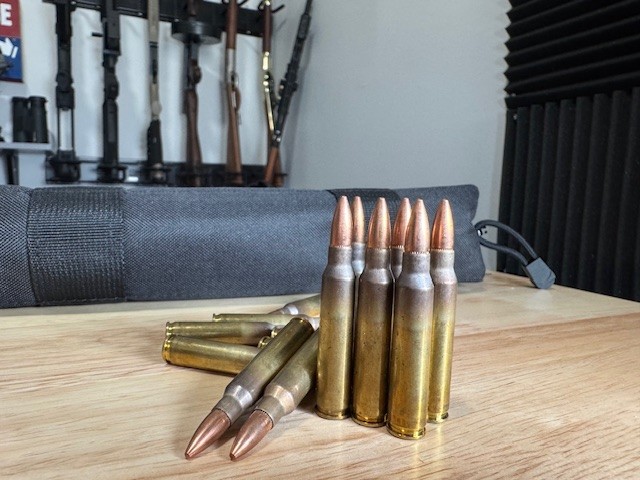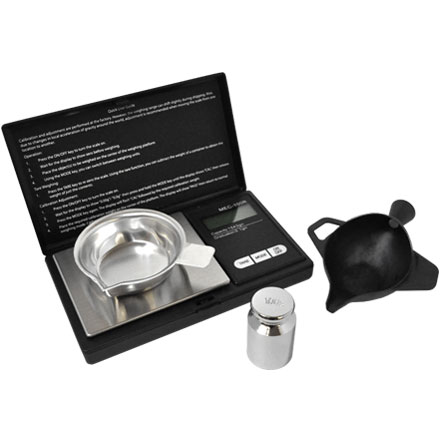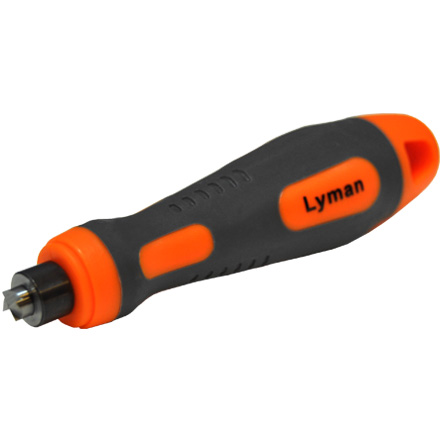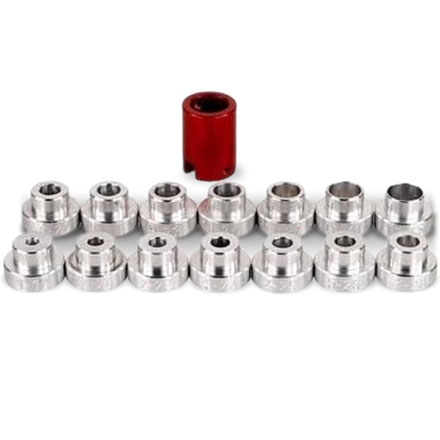Reloading ammunition is one of the most rewarding skills a shooter can master. It saves money, boosts consistency, and turns shooting into a craft rather than just a pastime. But like any hands-on discipline, reloading is full of small pitfalls that can lead to big problems—whether that’s inaccurate ammo, damaged components, or even unsafe loads.

The good news? Most reloading mistakes are easy to avoid once you know what to watch for. Here are the five most common mistakes reloaders make—and exactly how to keep them from ruining your hard work.
1. Overcharging or Undercharging Powder
Powder charge errors are the most dangerous mistakes in reloading. Too much powder can create excessive pressure, while too little powder can cause squib loads or stuck bullets.
Why It Happens:
-
Distracted reloading
-
Using the wrong powder type
-
Inconsistent scale calibration
-
Rushing through batches
How to Avoid It:
-
Use a dedicated powder measure and check it often
-
Keep only one powder canister on your bench at a time
-
Double-check charges with a digital or beam scale
-
Visually inspect every case before seating a bullet
Reloading isn’t the place for multitasking—slow is safe.
MEC Digital Scale Kit for double checking your charges
2. Improper Case Preparation
Case prep is the unglamorous side of reloading, but skipping steps leads to feeding problems, pressure issues, and unreliable accuracy.
Common Prep Mistakes:
-
Not trimming stretched brass
-
Forgetting to deburr or chamfer
-
Neglecting to clean primer pockets
-
Failing to remove case lube (on rifle brass)
How to Avoid It:
-
Trim brass to spec after every few firings
-
Chamfer and deburr the case mouth for smoother seating
-
Use a uniformer or pocket tool to clean primer pockets
-
Tumble or wipe brass to remove excess lube
Good ammo starts with clean, consistent brass.
Tools like this pocket uniformer from Lyman make a huge difference
3. Incorrect Primer Seating
Primers that are too high, too deep, or crushed can cause misfires, hang-fires, or failures to ignite powder.
Why It Happens:
-
Dirty primer pockets
-
Wrong primers for the brass
-
Inconsistent pressure during seating
-
Worn-out priming tools
How to Avoid It:
-
Ensure pockets are clean and uniform
-
Seat primers just below flush, never proud
-
Use steady, even pressure with your tool
-
Replace worn priming parts as needed
A properly seated primer should feel firm and uniform across the batch.
4. Not Paying Attention to Overall Length (COAL)
Your cartridge’s COAL affects chamber pressure, feeding, and accuracy. Too short can increase pressure; too long can jam in the lands or fail to cycle.
Why It Happens:
-
Using bullets with different profiles
-
Not adjusting dies between calibers
-
Relying solely on manufacturer COAL instead of your firearm’s tolerances
How to Avoid It:
-
Measure COAL frequently with calipers
-
Use a bullet comparator for precision loads
-
Record seating die settings for repeatability
-
Test a few dummy rounds in your firearm before finalizing a batch
This is one of the easiest ways to dial in extremely accurate rounds.
This bullet comparator set from Hornady helps insure proper COAL
5. Mixing Brass, Bullets, or Primers Across Different Batches
Not all components are created equal—even when they look the same. Mixed brass or components can create wide velocity spreads and inconsistent performance.
Why It Happens:
-
Collecting brass from public ranges
-
Not organizing reloads by lot
-
Rushing to use “whatever’s available”
How to Avoid It:
-
Sort brass by headstamp and by firing count
-
Keep components grouped in labeled containers
-
Maintain a simple reloading log
-
Store primers and powder by brand and type
Consistency is king in reloading—and it starts with organized components.
Reloading is both a science and an art, and mistakes are simply part of the learning curve. But by slowing down, staying organized, and using proper tools, you can eliminate 99% of the common issues reloaders face.
Remember:
Quality ammo doesn’t happen by accident—it’s built with attention to detail.











